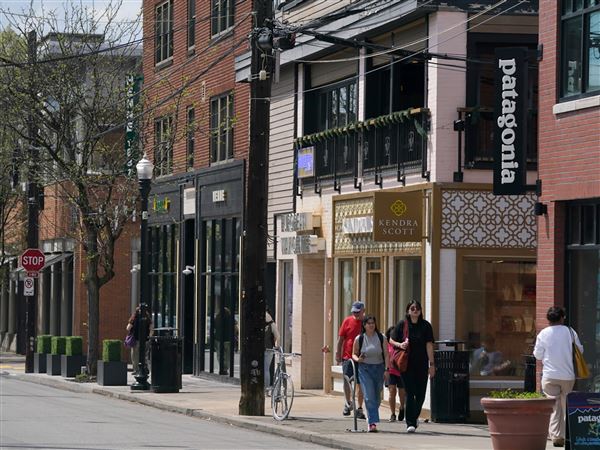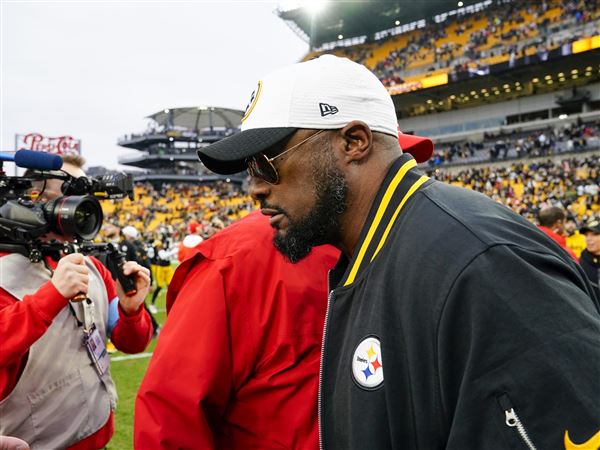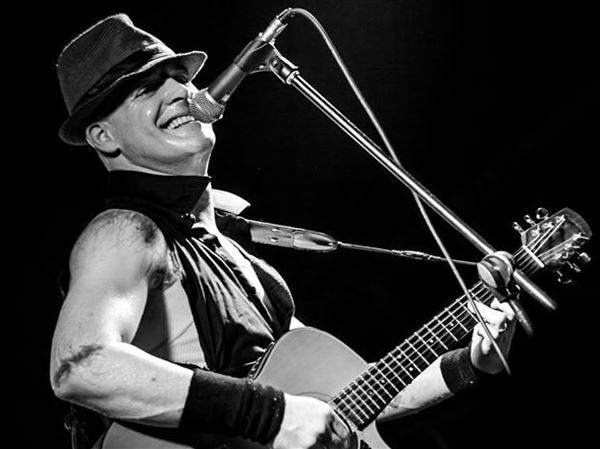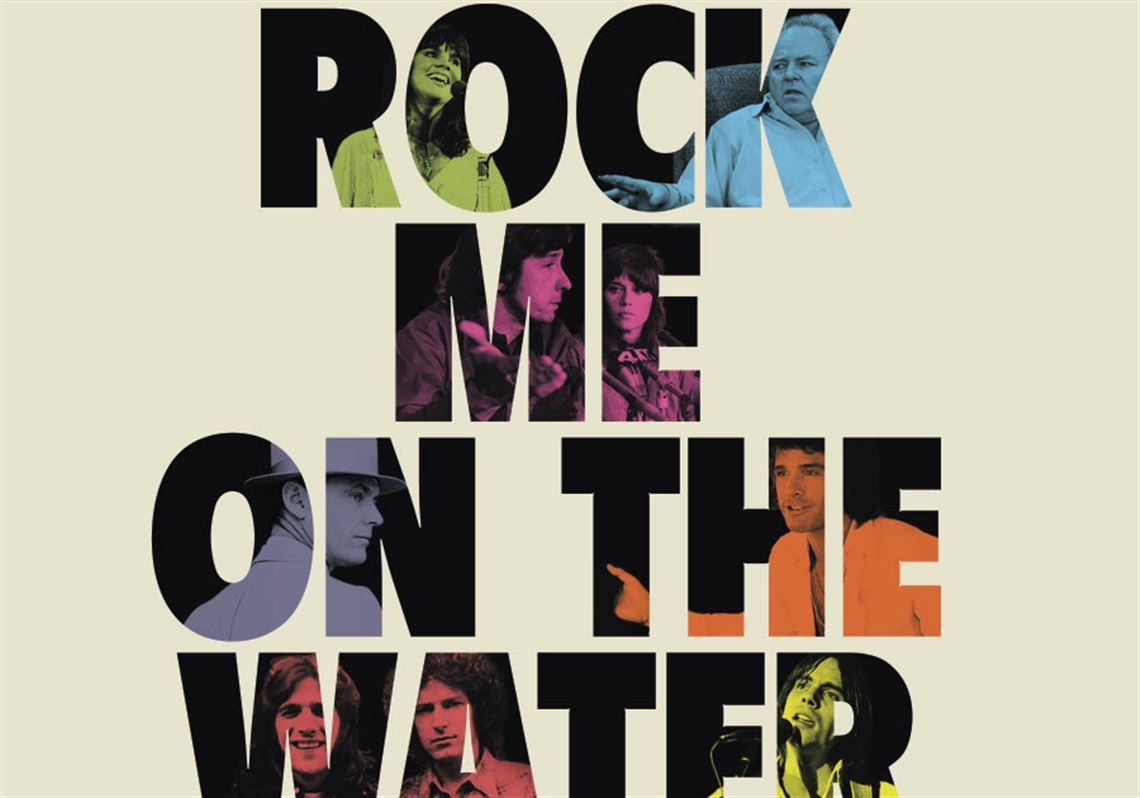“ROCK ME ON THE WATER: 1974: THE YEAR LOS ANGELES TRANSFORMED MOVIES, MUSIC, TELEVISION AND POLITICS”
By Ronald Brownstein
Harper ($29.99)
“Oh people, look around you, the signs are everywhere
You’ve left it for somebody other than you to be the one to care
You’re lost inside your houses, there’s no time to find you now
While your walls are burning and your towers are turning
I’m going to leave you here and try to get down to the sea somehow”
The lyrics come from the Jackson Browne song that serves as the title of Ronald Brownstein’s “Rock Me on the Water: The Year Los Angeles Transformed Movies, Music, Television and Politics,” an examination of culture and politics in 1974 Los Angeles.
As Americans grappled with the aftermath of the tumultuous 1960s and the deepening early 1970s double crisis of the Vietnam War and Watergate scandal, LA emerged as the nexus for new, challenging art and progressive politics forged in response to such upheaval. Brownstein perceives that the work created there “derived much of [its] energy from the friction between the harsh truths [it] laid bare and the gentle hope for a better world [it] nurtured.” As Jackson Browne’s lyrics go on to say, “While the fires are raging hotter…the sisters of the sun are going to rock me on the water.”
In this sunny, if smoggy, early-70s coastal California paradise, Browne, Linda Ronstadt, the Eagles and Crosby, Stills, Nash and Young ignored genre conventions and created some of their most enduring music. Norman Lear dragged television away from vapid escapism with his confrontational “All in the Family” and its many spin-offs. Larry Gelbart and Gene Reynolds found comedy and pathos in war with their TV version of “M*A*S*H.”
In the film world, George Lucas and Steven Spielberg gave rise to the Hollywood blockbuster while directors like Robert Altman, Francis Ford Coppola and Roman Polanski delivered classic movie critiques of American society. Amidst the pop culture shifts driven by such artists, LA also nurtured a variety of political strains. Far left activists like Jane Fonda and Tom Hayden, intellectual iconoclast and soon-to-be-governor Jerry Brown and the city’s first Black mayor, former police officer Tom Bradley, signaled various degrees of breaking from Nixonian conservatism.
The challenge of capturing such an idyllic moment in print is intertwining so many stories while keeping each one clear and engaging. Brownstein manages this deftly. While initial chapters focus on one particular form of entertainment and center on the story of one or two artists, films or shows, later sections seamlessly blend various artistic and business endeavors along with politics. The conceit of covering 1974 month by month is the only contrivance that feels a bit forced. As Brownstein himself notes in his December chapter, “cultural eras don’t precisely follow the calendar.” Often the “event” featured for any month is, in and of itself, not terribly significant. The Eagles’ April 1974 set at the California Jam festival does not feel particularly noteworthy. Nor does the kickoff to the network television season that September. Nonetheless, they serve as launching points for tales far more involving than such pedestrian occasions would imply.
Brownstein makes his strongest case for movies and TV shows from 1974 proving especially significant. “Chinatown” and “The Godfather, Part II” certainly maintain their luster as masterworks, and films like “Shampoo,” “Nashville” and “The Conversation” have also proven enduring. While popcorn classics like “Jaws” and “Star Wars” were released later, Brownstein chronicles how both came together during the year his book explores. The aforementioned “All in the Family” and “M*A*S*H” sit near the top of almost any list of influential television programs, but Brownstein also makes a case for the importance of “The Mary Tyler Moore Show,” “Good Times,” “Maude” and “Sanford and Son.” More than just summarizing or reviewing what such films and shows were about, the author dives deep into how they were created, financed, promoted and received. His many interviews with actors, writers, directors and executives of that era lend such renderings veracity and energy.
Brownstein also covers music well, though many critics, particularly those with an East Coast bias, might quibble about the greatness of the three acts he profiles in the most depth. The Eagles, Browne and Ronstadt are all in the Rock and Roll Hall of Fame, however, and sniping about them being part of some hippie “avocado mafia” feels dated and disingenuous. The Eagles only have two of the best-selling albums of all time, after all, and Browne and Ronstadt’s well-loved catalogs only seem to grow better appreciated. It speaks to LA’s relevance at the time that artists like James Taylor, Carole King, Joni Mitchell and Bill Withers only make cameo appearances in “Rock Me on the Water,” and stays in the city that year by superstars Bob Dylan and John Lennon are but mentioned in passing.
This is a book out to capture the moment when LA became America’s pop culture crucible, briefly eclipsing New York City before punk rock brought the Big Apple roaring back to preeminence. Brownstein gives LA and the moment a gauzy glow, capturing it best in the words of those who lived there at this apex. As singer/songwriter Graham Nash notes of 1974 in the City of Angels, “There was a tremendous feeling of anything [is possible]. What do you want to think of?...What do you want to do?...We were in this pool of, like, magic stuff, and it was rubbing off on everybody.” “Rock Me on the Water” lets readers swim in those heady, deeply creative seas.
John Young teaches seventh-grade language arts and plays in the rock band The Optimists.
First Published: March 18, 2021, 10:30 a.m.














